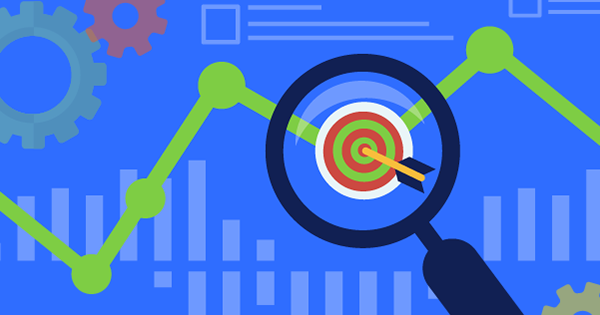Adams & Knight Marketing Blog

Ad agencies adjust to demand for data, analytics

With nearly 25 years of experience in marketing and advertising, Adams & Knight CEO Jill Adams is no stranger to data. In fact, she says data has been an important part of advertising since the Mad Men era of the 1960s.
What’s changed dramatically in the past 10 years, Adams says, has been both the volume of data and the diversity of what can be measured, forcing marketing and advertising firms to re-think how they do business.
“There’s more emphasis today on measuring engagement versus just impressions,” Adams said. “It’s not enough to say how many people viewed your TV spot or saw your digital ad; we want to know who interacted with a brand with a download, click, follow, like, post or hashtag.”
The explosion of social media and online content has revolutionized how consumers research, interact with and recommend brands. It has also put the onus on advertising and marketing firms to track the effectiveness of social media campaigns through data-driven research.
The need for better and more “real-time” analytics has not only changed the landscape of the advertising industry in general, but has also shifted the way agencies operate. No longer is it good enough for firms just to be creative; they need to know, understand and interpret numbers too.
“We’ve been bringing new people on board with a focus on social media strategists and data-driven marketers,” said Tony Cashman, president & CEO of Glastonbury-based Cashman + Katz. “Today’s creative, media and public relations practitioners must be able to better understand the intricacies and nuances of digital and social media while being able to effectively analyze data to explain results, see opportunities and address client’s challenges.”
Metrics, Cashman said, have become a much bigger part of client needs and expectations.
“Up front, clients want to be able to quantify what elements of a campaign worked,” Cashman explained, noting his firm works across a broad spectrum of numbers driven industries including health care, financial services and consumer products. Some industries, such as retail, place a greater emphasis on data, Cashman said, and the technology to track metrics has evolved as a result.
“We now can access campaign data and results in real time and can provide it to clients, hourly if necessary,” he said.
While it might seem like increased focus on data and analytics in advertising places less emphasis on creativity, Sara-Beth Donovan, senior vice president of media for Avon-based Mintz + Hoke, thinks it helps clients push creative boundaries.
“Having [more detailed] metrics gets clients comfortable with testing new ideas,” Donovan explained. “That allows us to create campaigns that are more unique and can differentiate our clients.”
That’s because real-time data analytics allow agencies to adjust a campaign on the fly, if messaging is not resonating with a target audience, said Andrew Wood, Mintz + Hoke’s senior vice president of strategy.
“Data allows us to be more nimble and flexible with our clients,” Wood said. “It’s about insight and refinement.”
Insight, said Adams, is ultimately what clients want data to provide.
“They don’t just want ‘big data’” she said. “They want someone to tell them what all that data means and how it affects their marketing spend.”
Adams & Knight created an insight group to focus on primary research and data analytics to provide better data-based advice about marketing methods most likely to create lead generation, sales or greater brand awareness, Adams said.
And as social and digital channels — from Facebook to Twitter — become more crowded with users and messages, brands will face greater challenges building awareness and engagement. That, Cashman said, will lead to the next generation of marketing and data analytics: increased micro-targeting. “There will be an even greater focus on customized messages at the individual or household level,” he said.
Some of that granular targeting is already happening, according to Donovan.
“In certain larger media markets, cable allows clients to send targeted messages by household,” she said. “And mobile targeting will become bigger over the next year.”
That, in turn, will create even more nuanced data for ad agencies and clients to digest.
“We have to be able to evaluate how various communication vehicles are working together to influence behaviors,” said Adams. “That’s the only way we’ll be able to effectively optimize the total marketing spend.”
![[author photo]](https://www.adamsknight.com/images/people/JillCircle.png)